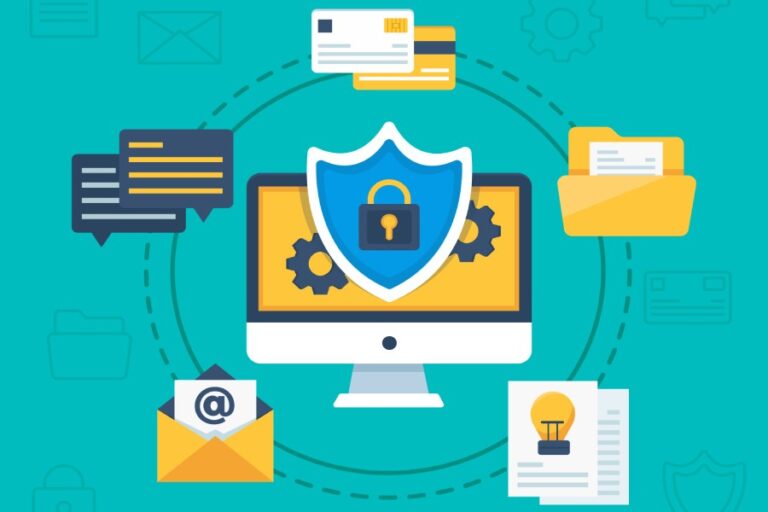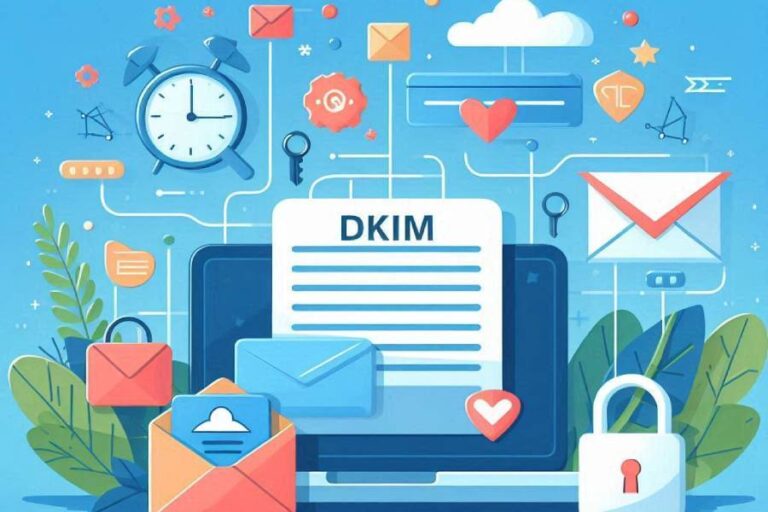China Targets India, Security Firm Mistake, Zeus Hacks Olympics
Digital advancement has made our lives easy. But at the same time, criminals with malicious intentions are also using it to mint money in an easy and quick manner. Cyberattackers are slowly expanding their territories across the globe. The only way to keep your money and devices safe from these threat actors is to educate…





